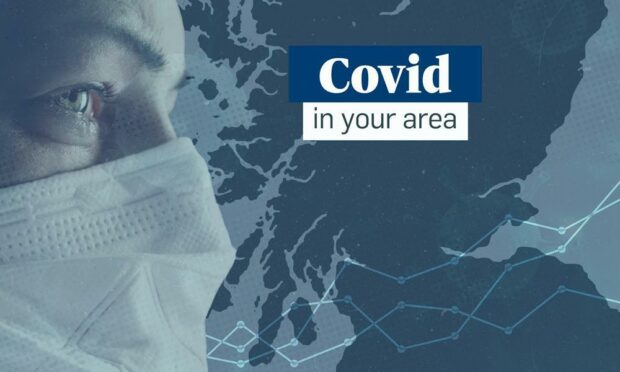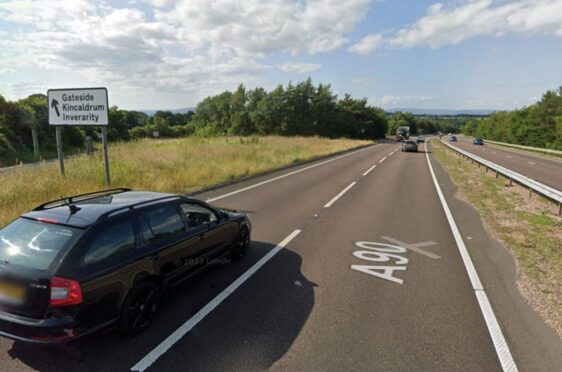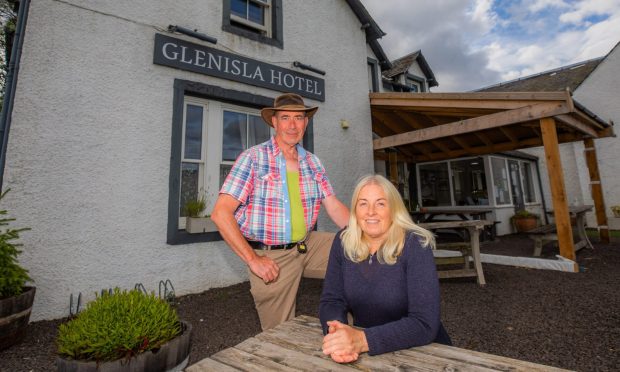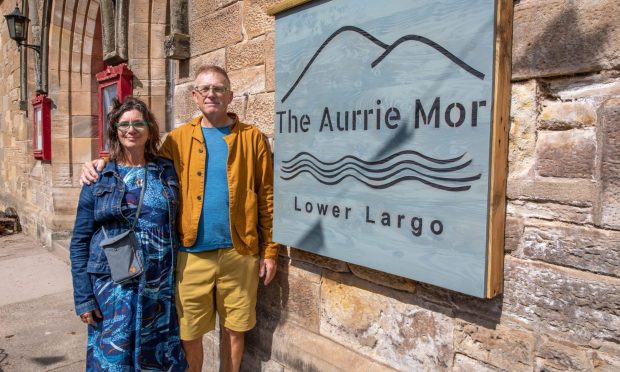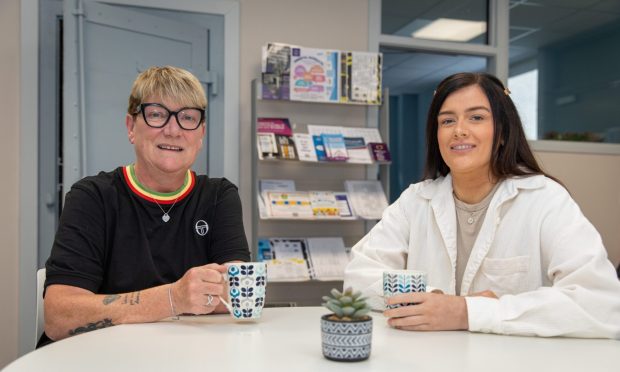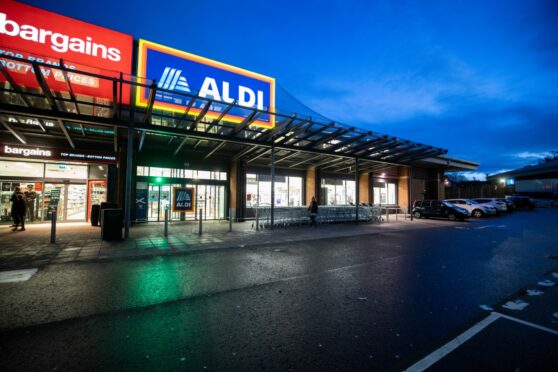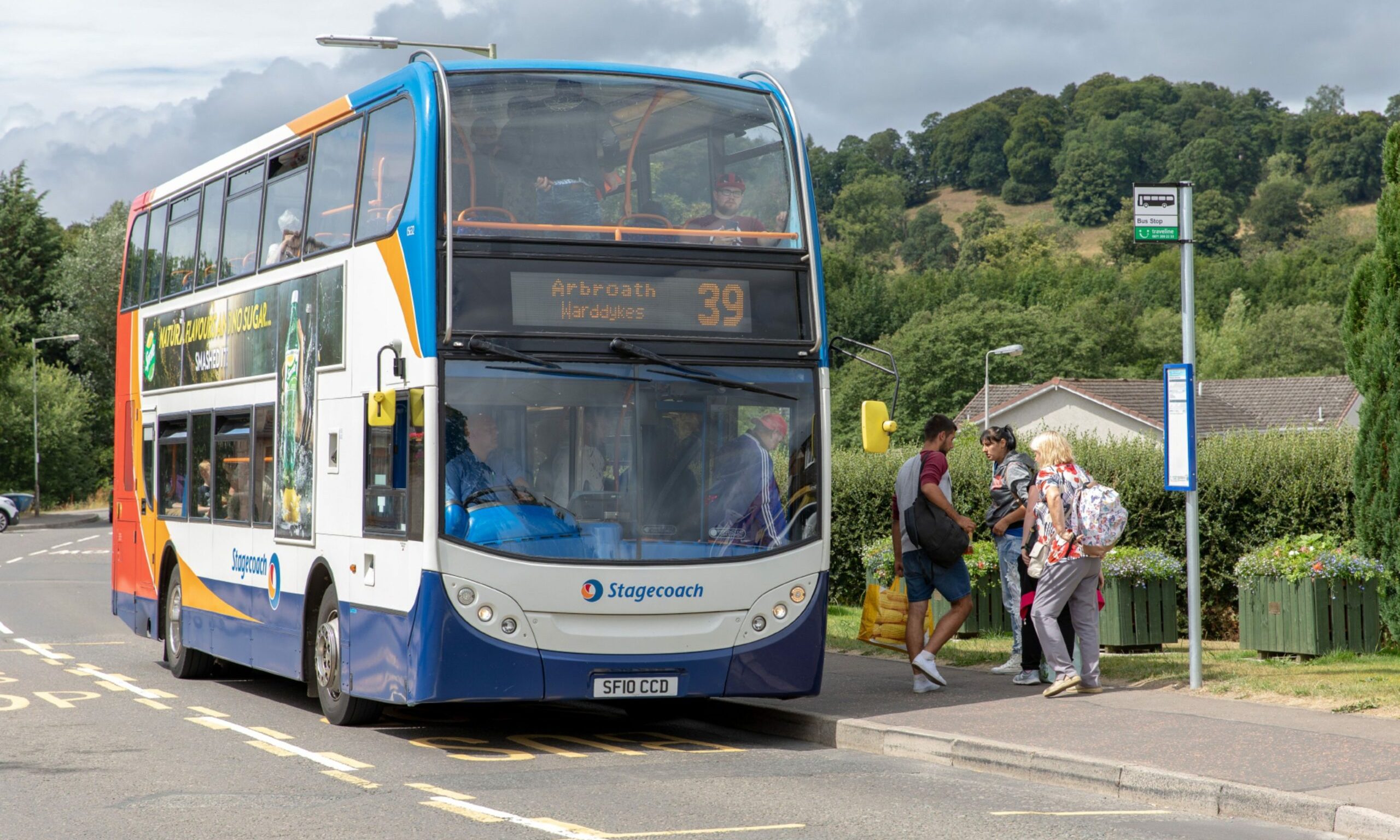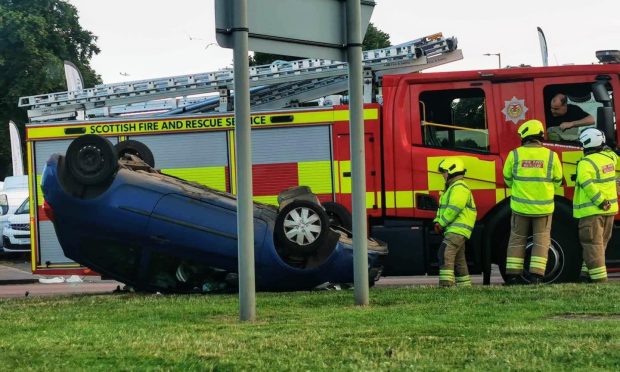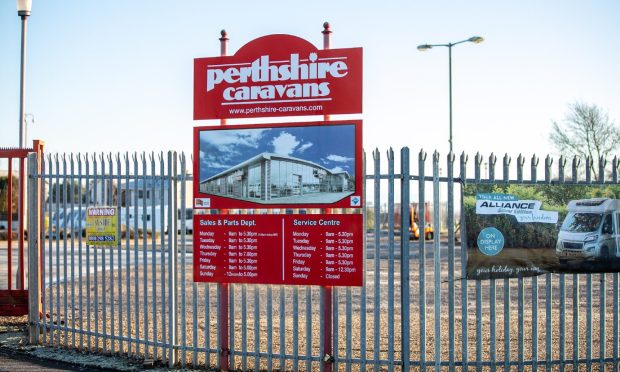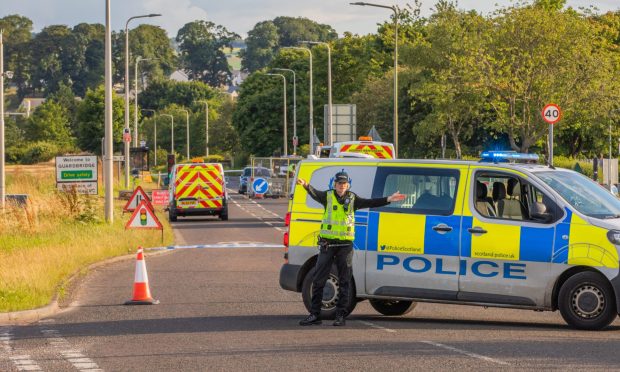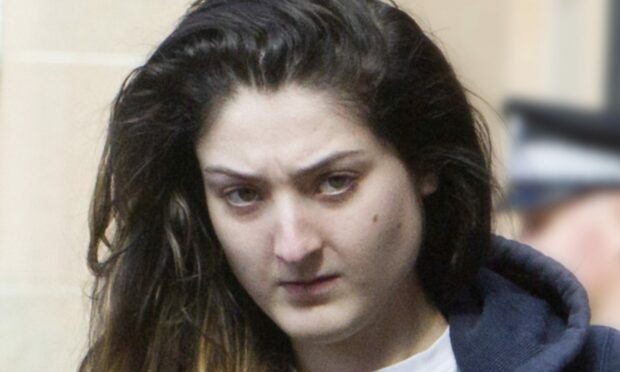As 2021 is coming to an end, more restrictions have been imposed to halt the spread of coronavirus over the festive period.
People have been urged to limit social visits wherever possible, and this week new restrictions coming into force on Boxing Day were announced – including limits being put on large public events.
Omicron has also now become the dominant variant of coronavirus in Scotland.
But how have all these things impacted on case rates?
Our interactive maps below show the case rate by intermediate zone for Tayside and Fife.
Each intermediate zone (IZ), represents an area, quite often a neighbourhood, within each local authority.
Hovering over each area will give additional information including the population of each neighbourhood, how many positive cases have been recorded there in the past seven days, and the seven-day case rate per 100,000 population – a measure which is used to compare areas with different populations against each other to accurately track the spread of the virus.
Below includes details for case rates accurate as of December 20, which was the latest information at the time of writing, as this data is subject to a three-day lag in being uploaded by Public Health Scotland.
We have compared case rates to previous weeks to provide context about whether cases are rising or falling in your area.
What are the case rates like in Dundee?
The below chart shows the case rates for each neighbourhood in Dundee.
The neighbourhoods with the highest case rates in Dundee were Perth Road, Whitfield and West Pitkerro.
Perth Road had a case rate of 772.41 per 100,000 population this week, and recorded 58 positive cases in a population of 7,509. Whitfield had a rate of 754.1 per 100,000 population and 46 cases in 6,100 people.
Meanwhile, West Pitkerro saw a case rate of 736.2 per 100,000 population, and 48 positive cases per 6,520 people.
Last week, the top three neighbourhoods were Perth Road, Kirkton and Barnhill.
What are the case rates like in Angus?
The below chart shows the case rates for each neighbourhood in Angus.
The three highest case rates in Angus were recorded in Monifieth West, Kirriemuir Landward and Brechin West.
Monifieth West had a case rate of 806.45 per 100,000 population, and 22 Covid cases in its population of 2,728, while Kirriemuir Landward had a case rate of 743.36 per 100,000 population and 21 confirmed cases out of 2,825 people. Both of these areas is an increase in rates on last week.
Meanwhile, Brechin West had a case rate of 687.29 per 100,000 population, and 26 positive cases in a population of 3,783.
Last week, the top three neighbourhoods were Monifieth West, Kirriemuir Landward and Montrose North.
What are the case rates like in Perth and Kinross?
The below chart shows the case rates for each neighbourhood in Perth and Kinross.
In Perth and Kinross, the neighbourhoods with the highest case rates were Western Edge, Luncarty and Dunkeld and Alyth.
Western Edge had a case rate of 867.47 per 100,000 population and 36 positive cases in a population of 4,150. Luncarty and Dunkeld had a case rate of 736.35 per 100,000 population and 46 cases out of 6,247 people.
Alyth, the third highest area, had a case rate of 729.68 per 100,000 population and 22 positive cases in the previous seven day period, out of the 3,015 people living there.
Last week, the top three neighbourhoods were Crieff North and Glenfarg, Dunning and Rhynd.
What are the case rates like in Fife?
The below chart shows the case rates for each neighbourhood in Fife.
This week, the neighbourhoods in Fife with the highest case rates were Kelty West, Kelty East and Aberdour and Auchtertool.
Kelty West had a case rate of 1,727.38 per 100,000 population, placing it in the top 10 neighbourhoods in Scotland with the highest case rates. It recorded 46 positive cases in a population of 2,663.
Kelty East, which was also in the top three neighbourhoods last week, had a case rate of 1,578.41 per 100,000 population and 62 positive cases out of 3,928 people living there. The third highest, Aberdour and Auchtertool, had a case rate of 1,428.96 per 100,000 population and 52 positive cases out of 3,639 people.
In total, eight Fife neighbourhoods had a case rate of more than 1,000. The others were Valleyfield Culross and Torryburn, Hill of Beath and Kingseat, Dunfemline Duloch North and Lynebank, Glenrothes Woodside and Dunfermline Masterton.
Last week, the top three neighbourhoods were Kelty East, Glenrothes Pitteuchar and Kelty West.
How does Tayside and Fife compare to the rest of Scotland?
The below chart shows the top 10 neighbourhoods in Scotland with the highest case rate per 100,000 population.
Only one neighbourhood in Tayside and Fife made it into the top ten neighbourhoods with the highest case rates in Scotland.
Kelty West had the second highest case rate in the country on Monday.
